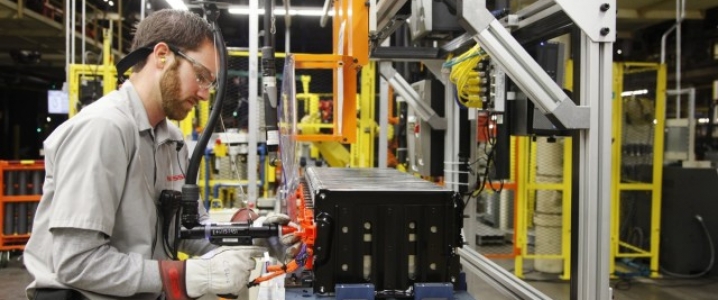A group of scientists from Duke University has developed a new method to 3D-print lithium-ion batteries in virtually any shape.
In a paper published in ACS Applied Energy Materials, the researchers explain how they used an electrolyte solution to increase the ionic conductivity of the polymers used for 3D printing, such as poly(lactic acid) or PLA. This process allowed them to print complete lithium-ion batteries with an inexpensive machine.
Previously, only the non-conductive parts of a battery could be printed to be actually used.
Besides printing the whole device, Christopher Reyes, Benjamin Wiley and colleagues were able to give it many different forms. This means that manufacturers of things such as electric vehicles, cell phones and laptops won't have to adapt their designs to the size and shape of commercially available batteries.
"Most lithium-ion batteries on the market come in cylindrical or rectangular shapes. Therefore, when a manufacturer is designing a product — such as a cell phone — they must dedicate a certain size and shape to the battery, which could waste space and limit design options," the researchers say.
In addition to printing the battery, Reyes and Wiley's team boosted the battery's electrical conductivity by incorporating graphene or multi-walled carbon nanotubes into the anode or cathode, respectively.
For now, however, the capacity of the first-generation 3D-printed battery is about two orders of magnitude lower than that of commercial batteries, which is too low for practical use.
Thus, the group is working on several ideas for increasing the capacity of the device, such as replacing the PLA-based materials with 3D-printable pastes.
By Mining.com
ADVERTISEMENT
More Top Reads From Oilprice.com:
- Riyadh Has “No Intention” Of Repeating 1973 Oil Embargo
- Is There Too Much Light Crude On The Market?
- U.S. Shale Has A Glaring Problem


















